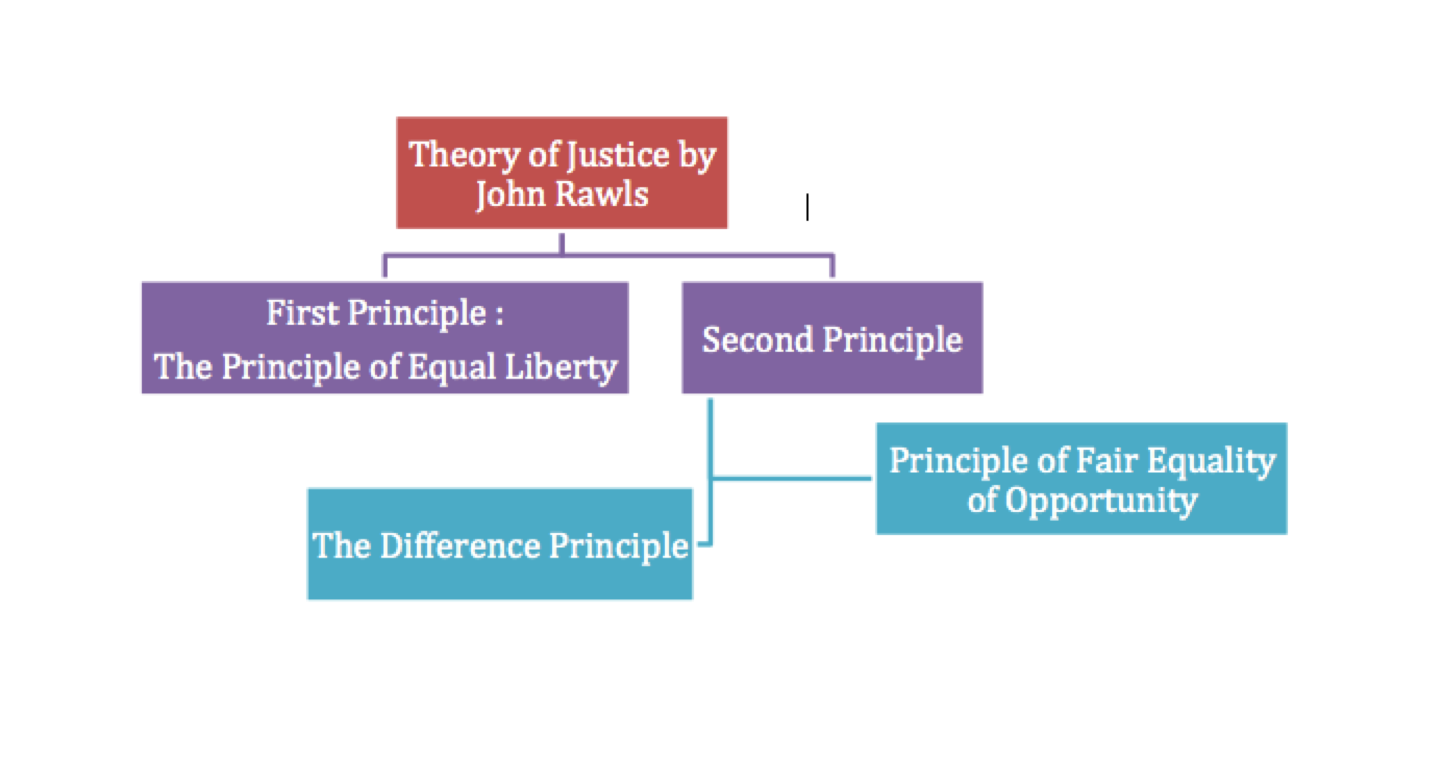- Filter By :
- Theoretical Questions
- Case Studies
-
Q. John Rawls emphasized “justice as fairness.”Analyze how this principle can be used by government functionaries while allocating scarce resources to competing public interests. (150 words)
31 Jul, 2025 GS Paper 4 Theoretical QuestionsApproach :
- Briefly introduce John Rawls’ theory of “justice as fairness.”
- Analyze how this principle can be used by government functionaries in public resource allocation.
- Conclude by reinforcing its relevance in governance.
Introduction:
John Rawls' theory of “justice as fairness” envisions a society where resources and opportunities are distributed in a way that is both equitable and morally justified. His two key principles—equal basic liberties for all, and the difference principle (inequalities must benefit the least advantaged)—offer a powerful ethical framework for government functionaries managing scarce resources.
Body :
Application in Public Resource Allocation
- Veil of Ignorance:
- Rawls suggested that just decisions emerge from a hypothetical “original position” where decision-makers operate behind a veil of ignorance, unaware of their social status. This principle promotes neutrality and fairness.
- Example: While allocating funds for urban vs rural infrastructure, an IAS officer must avoid biases linked to electoral pressure or elite influence and instead prioritize objectively assessed needs.
- The Difference Principle:
- The difference principle mandates that inequalities are justifiable only if they benefit the worst-off. Public servants must prioritize vulnerable groups in policymaking.
- Example: In allocating health resources during the COVID-19 pandemic, district officials deploying mobile healthcare units to tribal hamlets exemplified Rawlsian fairness—helping those with the least access.
- Fair Equality of Opportunity:
- The government must ensure that all citizens, regardless of background, have equal access to public goods and services.
- Example: In education, allocating resources to establish Navodaya Vidyalayas in backward regions ensures that children from rural or disadvantaged areas have comparable academic opportunities as urban students.
- Balancing Efficiency with Equity:
- Functionaries must balance development goals with social equity—avoiding resource concentration in already prosperous regions.
- Example: Under the Smart Cities Mission, the government also launched the AMRUT scheme to ensure smaller towns are not neglected—a Rawlsian attempt to harmonize urban development with inclusivity.
- Ethical Implications for Civil Servants:
- Civil servants must act not merely as implementers, but as ethical guardians of fairness—using data, stakeholder consultation, and need-based planning to make decisions.
- Example: Participatory budgeting in Kerala allows communities to help decide local expenditure—mirroring Rawls’ ideals of justice, consent, and inclusivity.
Conclusion:
Rawls’ idea of justice as fairness offers an ethical blueprint for public servants to allocate resources with impartiality, equity, and moral legitimacy. By prioritizing the least advantaged, it transforms governance into a just and inclusive exercise, aligned with constitutional ideals.
To get PDF version, Please click on "Print PDF" button.
Print PDF





